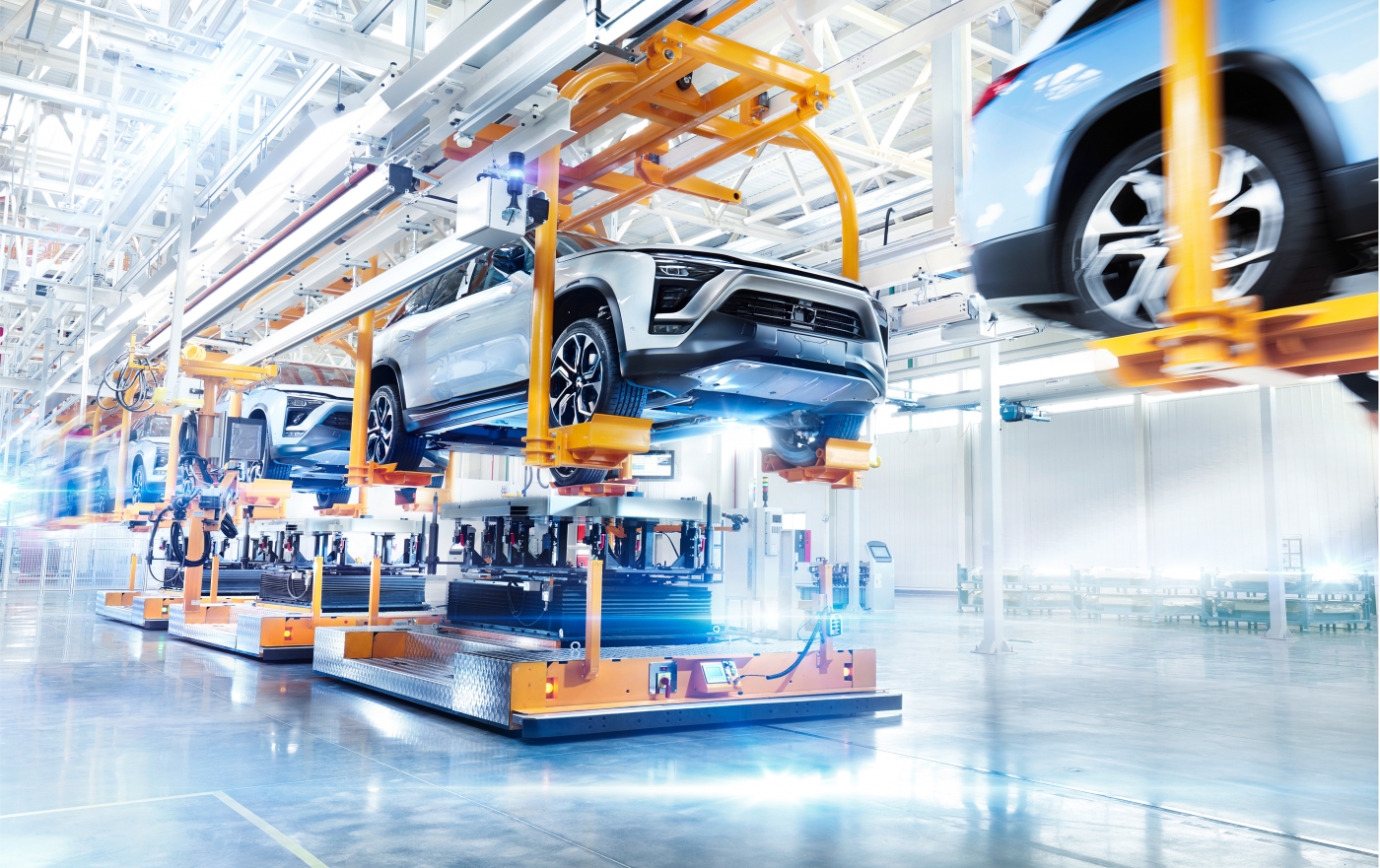Automotive gear transmission extensively, and it’s widely known among those who have a basic understanding of cars. Examples include the car’s transmission, drive shaft, differential, steering gear, and even some electrical components such as the power window lift, wiper, and electronic handbrake. Since gears are widely used and play a significant role in cars, today we’ll talk about the related knowledge of gears in automobiles.
Gear transmission is one of the widely used transmissions in automobiles and has the following main functions:
1. Speed change: By meshing two gears of different sizes, the speed of the gear can be changed. For example, the gears in a transmission can reduce or increase the speed transmitted from the engine to meet the needs of the car’s operation.
2. Torque change: When meshing two gears of different sizes, the speed and torque transmitted by the gear are also changed. Examples include the main reducer in the drive shaft and the car’s transmission.
3. Direction change: The force of the engine of some cars is perpendicular to the direction of the car’s movement, so it is necessary to change the direction of the power transmission to drive the car. This device is usually the main reducer and differential in the car.
In automobiles, some parts use straight gears, while others use helical gears. Straight gears have high transmission efficiency as the teeth engage and disengage the entire tooth width at the same time. However, the disadvantage is poor stability, impact, and high noise levels. On the other hand, helical gears have a longer tooth engagement process and more teeth involved in engagement compared to straight gears, resulting in smooth transmission, strong load bearing capacity, and low noise and impact. The main disadvantage of helical gears is that they generate axial forces when subjected to normal forces, requiring thrust bearings to be installed, leading to a more complex structure.
The requirements for automotive gears are high, the gear body should have a high resistance to fracture, the tooth surface should have strong resistance to corrosion, wear and high bonding ability, that is, it requires the tooth surface to be hard and the core to be tough. Therefore, the processing technology of car gears is also complex, with the following process:
Cutting ➟ Forging ➟ Annealing ➟ Machining ➟ Partial Copper Plating ➟ Carburizing ➟ Quenching ➟ Low-temperature Tempering ➟ Shot Peening ➟ Tooth Grinding (Fine Grinding)
This way of processing gears not only has enough strength and toughness, but also has a high hardness and wear resistance of the tooth surface.
Post time: Feb-09-2023






